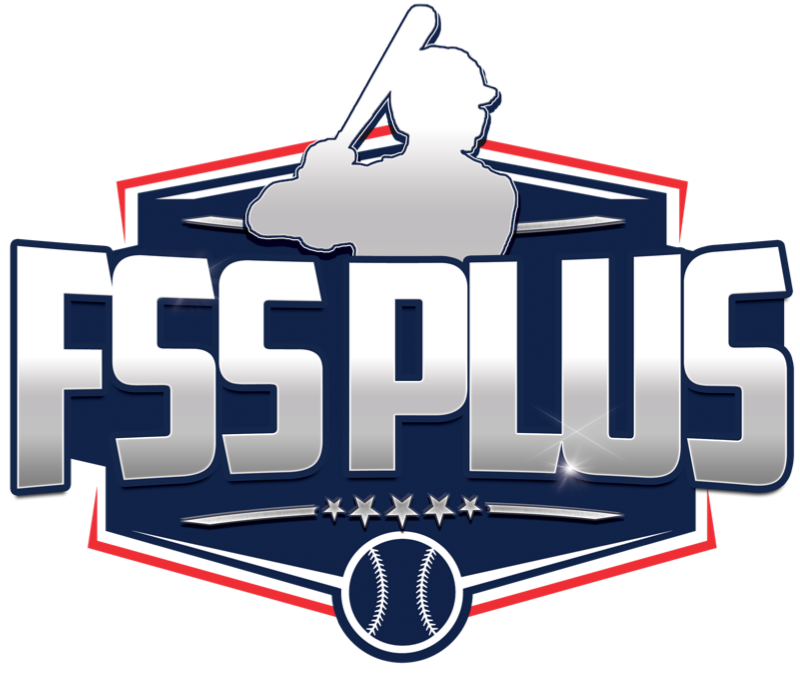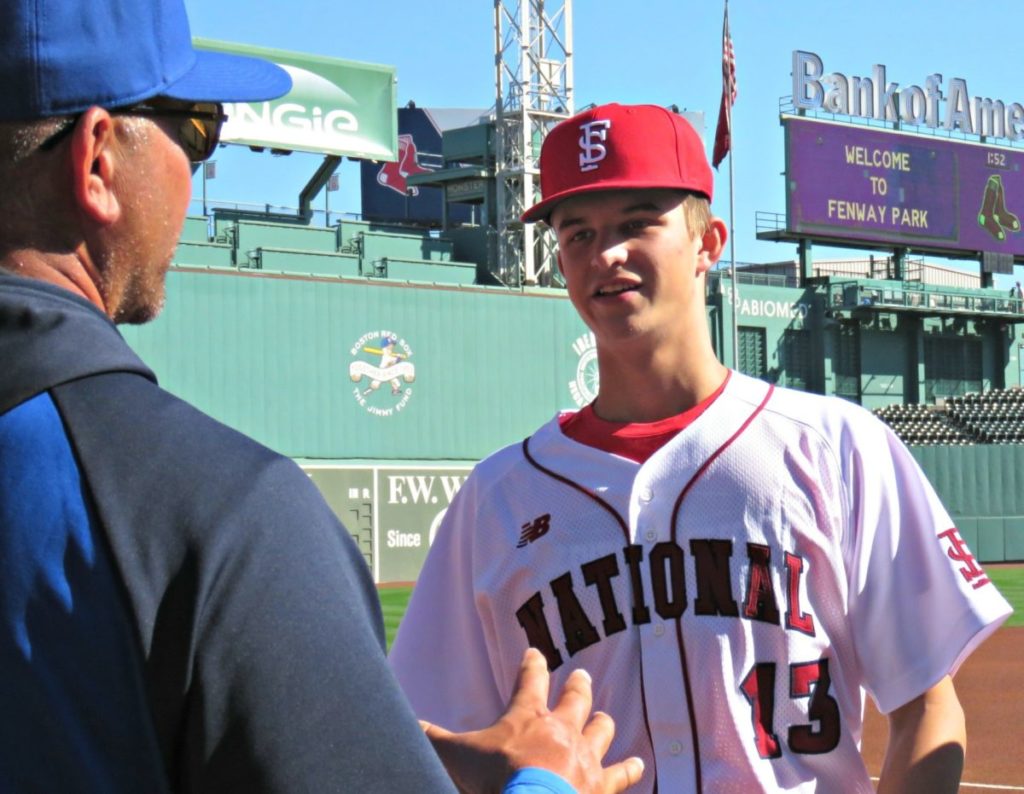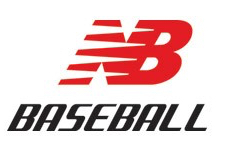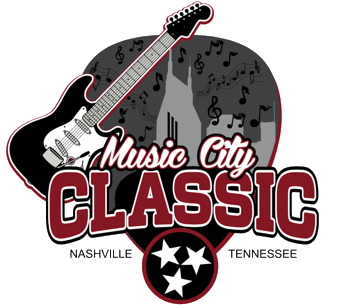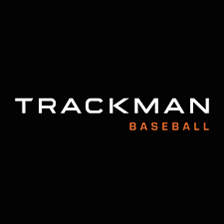I first saw Mick Abel in 2017, standing on a field in Texas — a cow pasture, really. He was a freshman out of Oregon. Lean. Projectable. All the raw ingredients of something special. It was one of those moments that stays with you, especially when you’re surrounded by the earliest believers in what we were building with Program 15 and the Future Stars Series.
Program 15 wasn’t just a name — it was a tribute. A blend of heritage and identity. A nod to the LA “Program” I grew up in, led by guys like Darryl Strawberry, Chris Brown, and Eric Davis. And the number 15? That was my jersey. My connection. My mark.
One of those believers was from Oregon himself — Kevin Gunderson. A former standout pitcher turned elite developer of arms. Gundy understood analytics. He understood upside, athleticism, and how to evaluate. A rare and valuable combination in a game that still reacts more than it leads.
Kevin told me, “You’ve got to see this kid.”
I said, “Let me know when he pitches.”
Sure enough, the day came.
In this quiet, rural field, Mick took the ball. He looked nine in the face, maybe thirteen in the body, and proceeded to deliver effortless velocity. Secondary stuff. Execution. Poise. Everything a frontline starter needs in a skeleton frame. But what stood out even more was the makeup — the confidence, the presence, the fearlessness.
He was 15.
Afterward, I pulled him aside. Told him, “You’ve got a future.” I looked at his dad, Neil — curious, watching — and we started talking about what this could become. Mick earned an invite to our very first International Week, and there he was — the youngest player on the field, sharing the stage with Grayson Rodriguez and Noah Naylor, two rising seniors who became first-rounders and Major Leaguers.
He got hit a little. He was three years younger than most. But he didn’t fold. He competed. When the outing ended, he was flat on his back in the press box from the Texas heat, over 100 degrees. Neil on one side, me on the other.
“You okay?” we asked.
Mick grinned as he caught his breath.
And in that moment, if I didn’t already know — I knew.
He was going to be different.
⸻
I stayed with him, always monitoring. I followed him back to Oregon, back to Gunderson, back to games where Mick took the ball in front of packed bleachers and whispered buzz. My role wasn’t to coach him — that was Gundy and his high school staff. My role was to guide, to checkpoint, to advise. To give Mick another lens on what was ahead.
But let’s be clear: Mick didn’t need me to be Mick Abel.
We talked fastball command, approach, sequencing. But what stood out most was that everyone around him — his father Neil, Gundy, his advisors, me — was aligned. Nobody overstepped. Everyone knew when to speak, when to listen. It was a masterclass in how to surround a player the right way.
Mick absorbed every bit of it. I watched him work out. I watched his throwing programs, recovery routines, warmups. Not to change them — to understand them. And with Gunderson, you learned. You didn’t override him. You didn’t walk in with a plan. You asked questions. You watched. You adapted.
⸻
In 2018, Mick returned to International Week. This time, it was different. He was playing with Drew Gilbert, Kyren Paris, Brock Jones, and Silas Ardoin. He faced Dasan Brown, Adam Macko, TJ Schofield-Sam, Wendell Marrero, Dilan Rosario, and Daniel Espino in a loaded world team.
And this time, Mick didn’t just belong — he stood out.
The velocity wasn’t the most impressive thing anymore. It was the execution, the composure, the presence. He had grown.
That weekend, he had a moment I’ll never forget.
On Friday night, he gave up a triple to Dasan Brown — now in the Blue Jays system — to the pull side. Dasan flew around the bases and had his moment. On Sunday, they faced off again. Mick hit him. And he was disgusted with himself. Not because he was afraid to pitch inside — but because he didn’t want to hurt anyone.
After the game, he bypassed his own team’s handshake line to go straight to Dasan, who was on crutches, and said,
“Hey man, you alright?”
Dasan gave him the nod.
“We’re good.”
Years later, Mick drilled Dasan again — this time in pro ball. I thought it was funny. Not sure Dasan did. But we roll on.
⸻
By 2019, everyone was in on Mick Abel. He’d been through the Area Code Games — twice. Through our events. Through the national circuit. And he kept showing up the same way — calm, consistent, committed.
In 2019, he made the USA National Team, played overseas for a gold medal, then came home gassed. I told Neil, “He doesn’t have to come to Fenway. He’s done enough.”
Neil’s response?
“No. He’s coming. We’re family.”
Mick flew across the country, on his own dime, to stand on the mound at Fenway Park with us. Not to pitch — just to show up. To be present. To honor the commitment.
That’s the Abels.
That’s Mick Abel.
⸻
By 2020, the world had changed. COVID hit. Baseball paused. I don’t know that Mick ever even took the mound that spring. But honestly, it didn’t matter. He had already done enough the summer before to cement himself as a first-rounder.
At Program 15, Mick was different.
He wasn’t just another high-profile arm. He was the first Future Stars Series player we’d had since his freshman year — our first four-year guy. He even predated a few others who went on to big things after three years with us. But Mick? He was there from the beginning. We watched him grow. We watched him lead. We watched him become.
And when the draft came?
The Philadelphia Phillies made the only decision that made sense — and one that I swear wasn’t an accident.
They selected Mick Abel 15th overall.
Making him number 15 forever.
Because of course they did.
I sat back and smiled. Laughed truthfully. Congratulated Mick. Congratulated Neil. We celebrated him. We thanked his family — and God — for allowing us to walk alongside him through those formative years.
And then, we stepped back.
⸻
That’s something people don’t always understand about our role. When guys turn pro, I don’t stay in close touch the way I do when they’re rising. Not because I stop caring — but because they’ve earned the space to work. To focus. To grow.
I’m not there to hang on them. That’s not my job. That’s not what we do.
They know where to find me if they need me. And with Mick, we stayed in touch here and there. But he didn’t need much. He was prepared for what was ahead — the growth spurts, the command refinements, the stretches of dominance. It was all part of the arc. And we knew: whatever came, he’d get through it.
⸻
Two summers ago, I saw him in Seattle at the Futures Game. He was firm. A little straight. But it was still him. Still Mick. The shape was coming. The velocity was there. The finish wasn’t far behind.
It wasn’t a question of if.
It was always when.
And today, when he stepped on the mound at Citizens Bank Park, making his Major League debut, I saw that same face from that cow pasture in Texas. Composed. Unbothered. In the moment.
Prepared to be dominant.
⸻
A long time ago, I compared Abel to Kris Benson — the former No. 1 overall pick by the Pirates in 1996. Tall. Clean arm. Athletic. Starter traits. At the time, it was the closest comp I had.
But truthfully?
Mick Abel is better.
He took that projection and exceeded it. In scouting, we’re always looking for comparables — someone a kid reminds us of, a role they could fill.
But today?
Mick Abel became the guy others will be compared to.
Mick Abel is the kind of player who makes organizations better.
Not just because of the arm.
Not just because of the talent.
Because of the person.
The sky’s the limit.
And very few ever get there.
Mick will.
- BOOTH: Scouting the Underclass Premier - September 19, 2025
- BOOTH: Scouting the Fresh 50 - September 19, 2025
- BOOTH: 6 Standouts at USA Baseball 40-Man Trials - August 24, 2025
